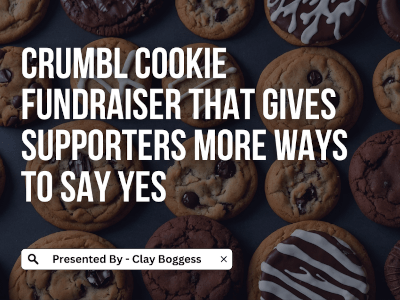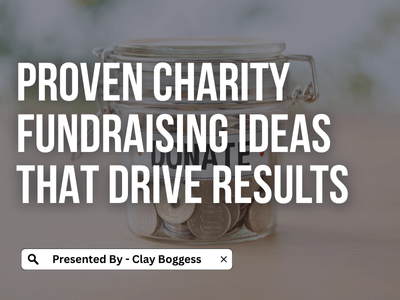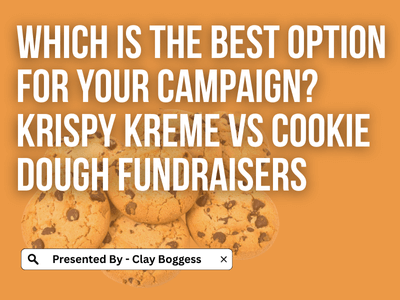
Two things you should know about setting sales goals.
Hopefully, you plan to give your students a fundraiser goal. Unfortunately, many schools do not let their students know what’s expected of them. Asking them to ‘sell as much as they can’ or ‘we appreciate anything you can do to help’ communicates a weak message.
When students take a test in the classroom, they know the passing grade. Likewise, by giving them a sales goal, you’re providing a concrete benchmark for them to aim for. How else will they know whether they’ve succeeded or not? Ultimately, some will fall short of your goal, most will meet it, while a few will exceed it. But at least everyone will know where they stand.
To determine your seller goal, you need to know how much money you need to raise. From that, you can quickly determine how many sales each student needs to make.
The question, however, is will you raise more money by making your goal a little more challenging, or will more students participate if the goal is more straightforward?
The Argument for Increasing Your Fundraiser Goal
Some sponsors will say by increasing their sales goal; more students will naturally sell more items. Many feel that sellers can rise to the level of their expectations. So if you set higher goals, you may have a better chance of bringing in more sales. However, this may depend on several factors, like the type of group or the fundraising purpose. If you get a higher sales goal, ensure you entice your sellers with a strong prize program.
Why Setting a More Obtainable Goal May Be Better
At the same time, by setting a more easily obtainable goal, additional students may participate. You can always incorporate an additional incentive to encourage more selling. For example, you can have a grand prize drawing for every student who sells 15 or more items. Then, their name gets entered more times for every five additional items sold.
The bottom line is you should set realistic expectations based on the amount of money that needs to be raised. If your fundraiser goal is too high, you may discourage your sellers, and thus, you may be better off having more than one sale.
Author Bio
Clay Boggess has been designing fundraising programs for schools and various nonprofit organizations throughout the US since 1999. He’s helped administrators, teachers, and outside support entities such as PTAs and PTOs raise millions of dollars. Clay is an owner and partner at Big Fundraising Ideas.



